“Pool house” is a general term that serves to describe a building dedicated to provide everything might need for pool activities. It can be a place for the guests to change into swimwear or to store anything a person might need while enjoying the pool, from towels and beach toys to sunbeds. It can resemble a cabana, a shed with windows, a pool pavilion or even a smallish guesthouse. Celebrating the poolside lifestyle is what really matters for the pool house typology.
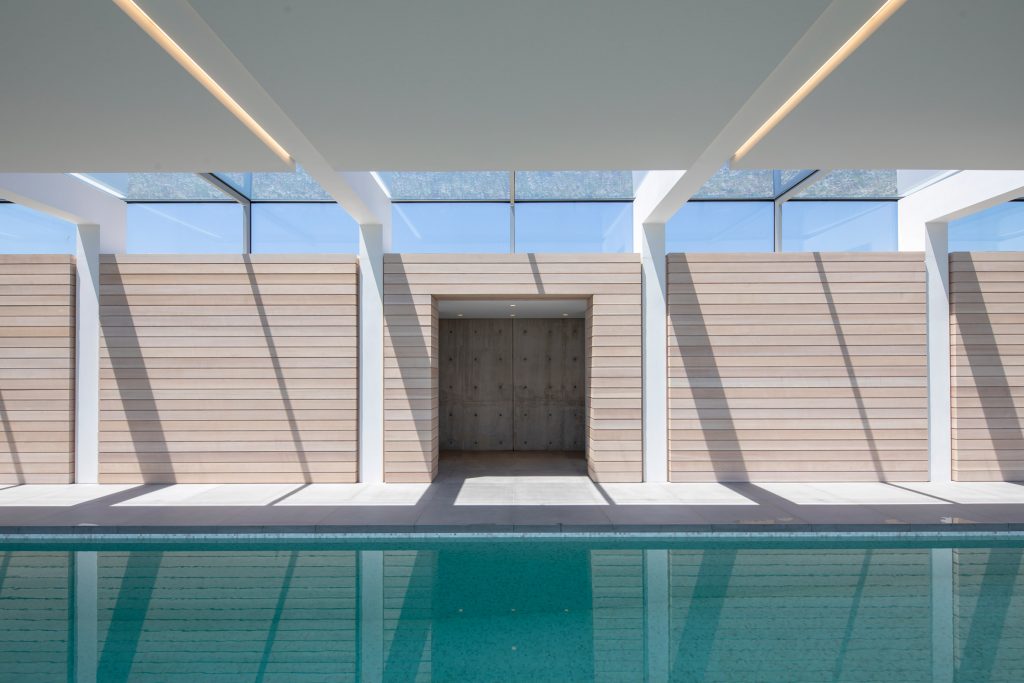
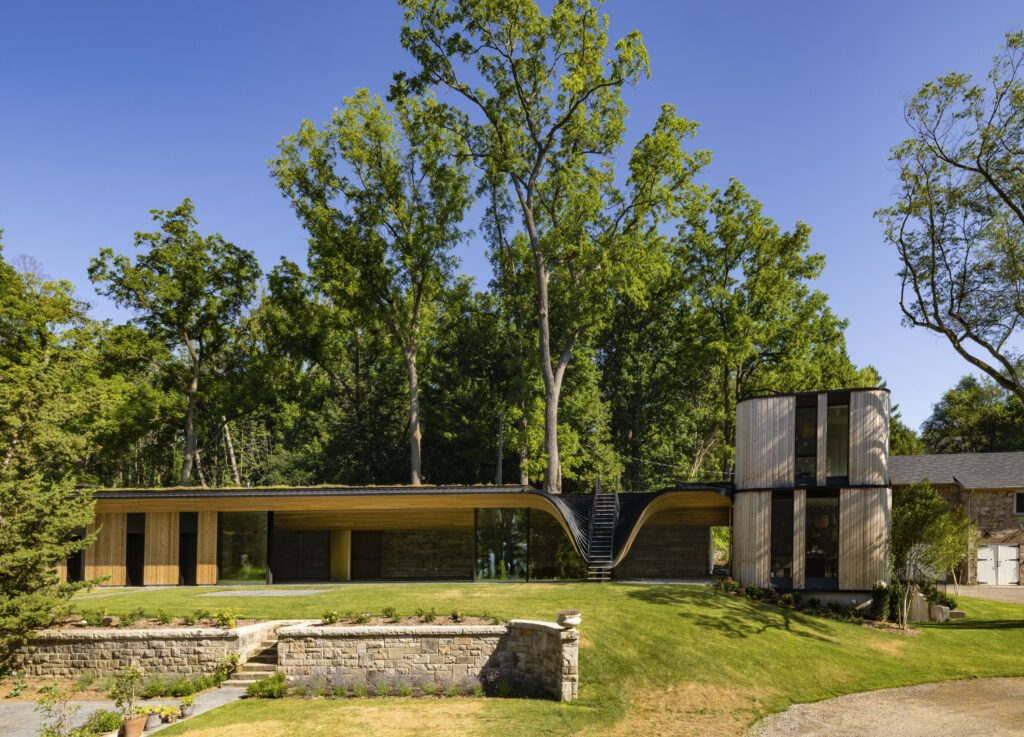
Fold House by Partisans
Toronto-based architecture studio Partisans has joined a guest and pool house under an elaborate wave-like roof made of steel and compression-bent oak.The design is intended to fold into the existing topography of the site, which gives the project its name – Fold House.
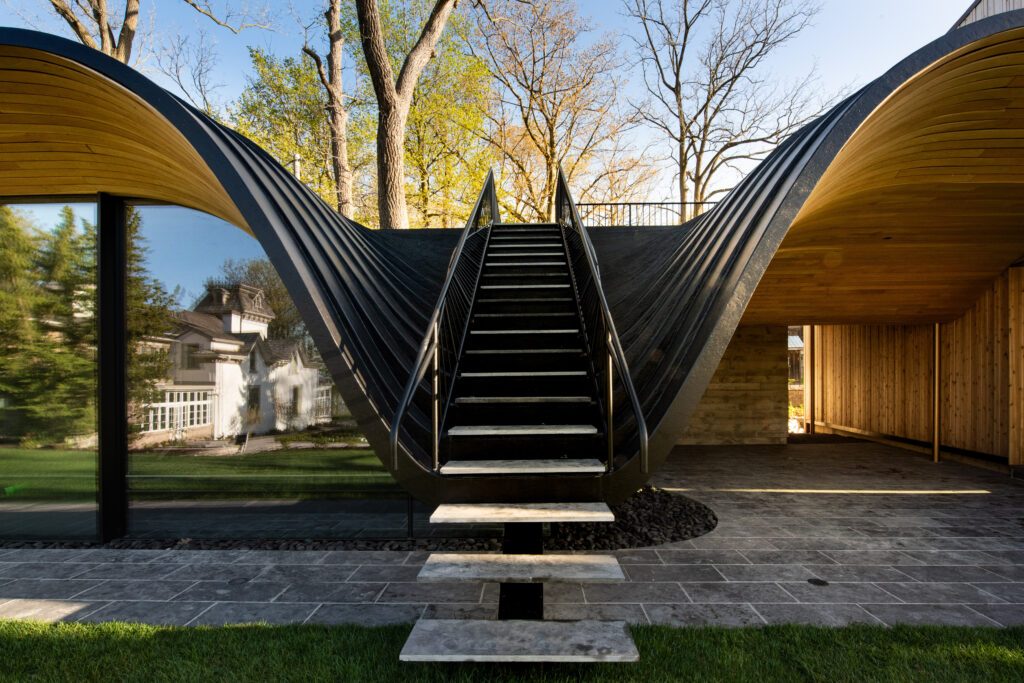
Fold House by Partisans
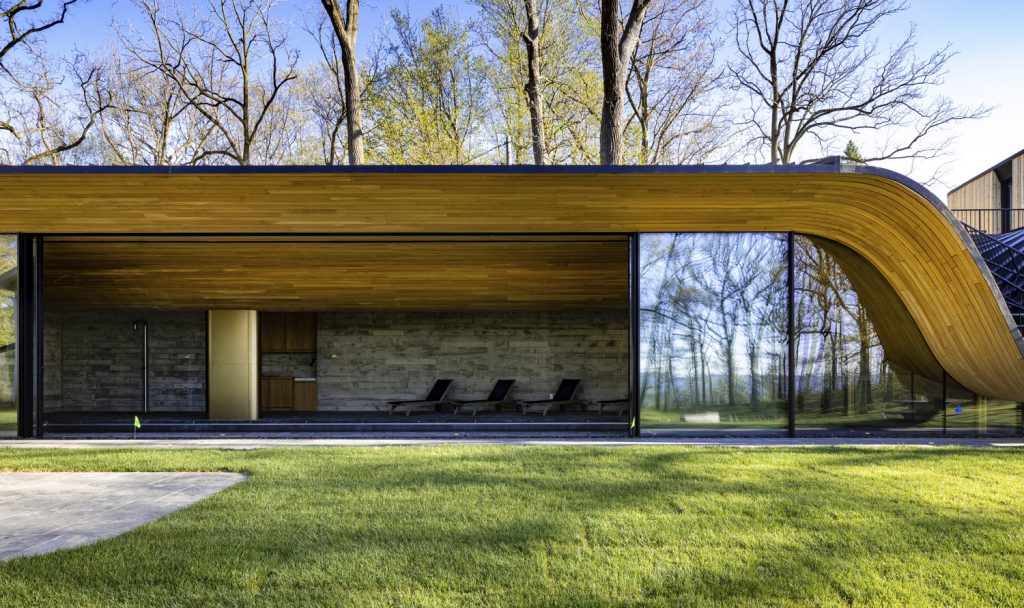
Fold House by Partisans
The roof covers the swimming pool pavilion and then curves down to accommodate a steel staircase before going back up to top the two-storey guest house connected with the pool via a sheltered corridor. Part of the roof overhangs, shading the 24 metre-long glazed façade of the pool area and disguising the 27-metre-long steel beam that supports it.
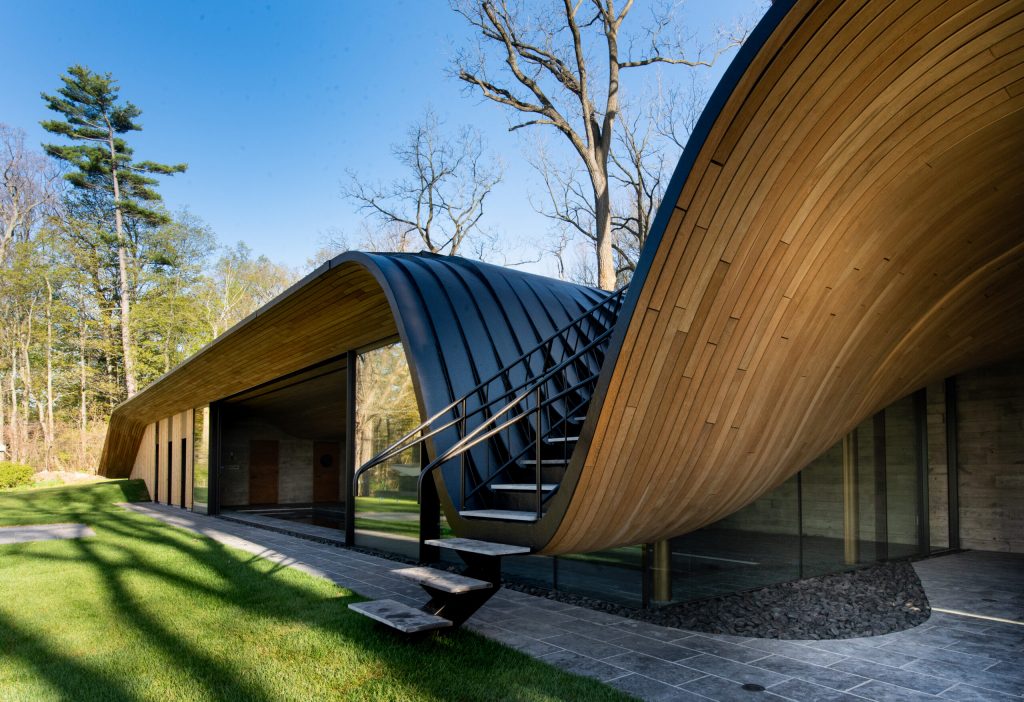
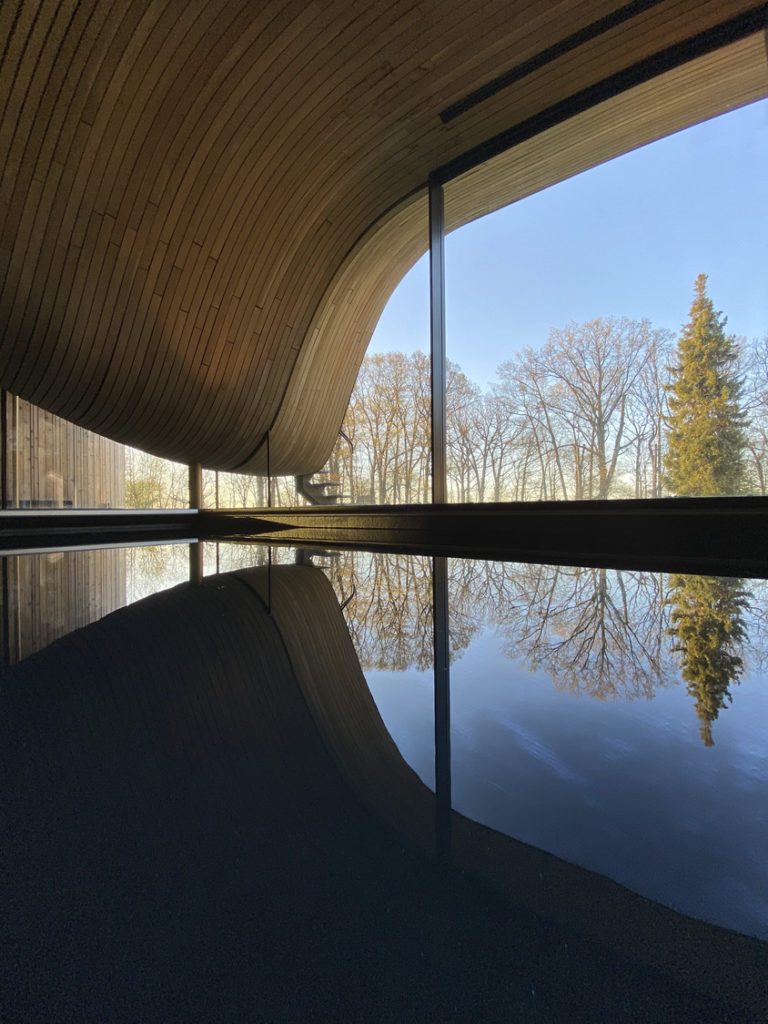
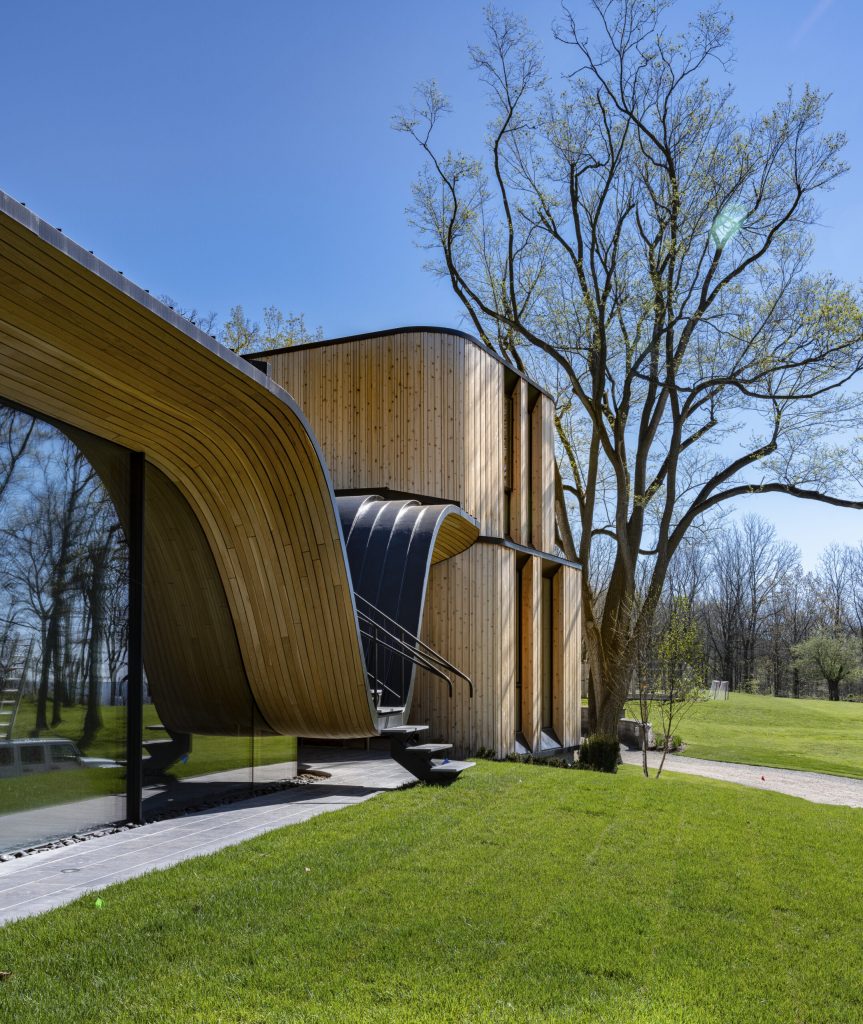
Fold House by Partisans
Both the undulating roof and the sculptural ceiling inside are constructed from bent white oak, which is also used for the cascading floors. To create the shape, the wood was steamed, placed into a compression chamber and shipped to site with a relatively high moisture content that allows it to be flexible until installed and fully dried. It was then moulded onto a plywood frame that was hung under the staircase. Once dried, the planks retained their shape.
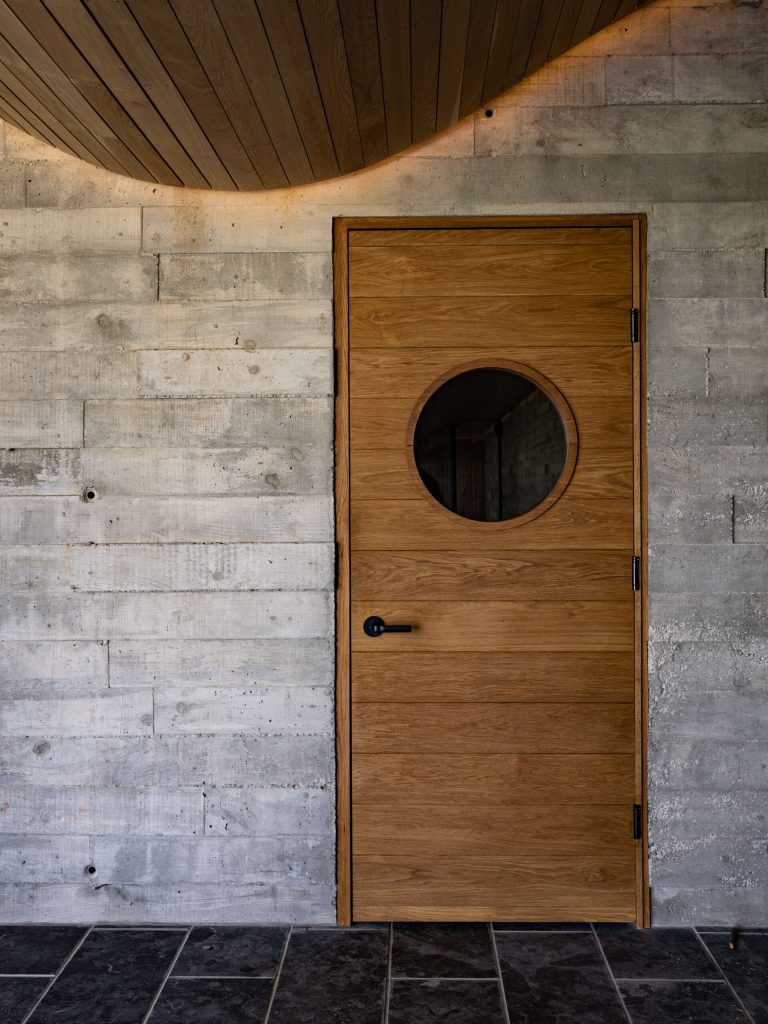
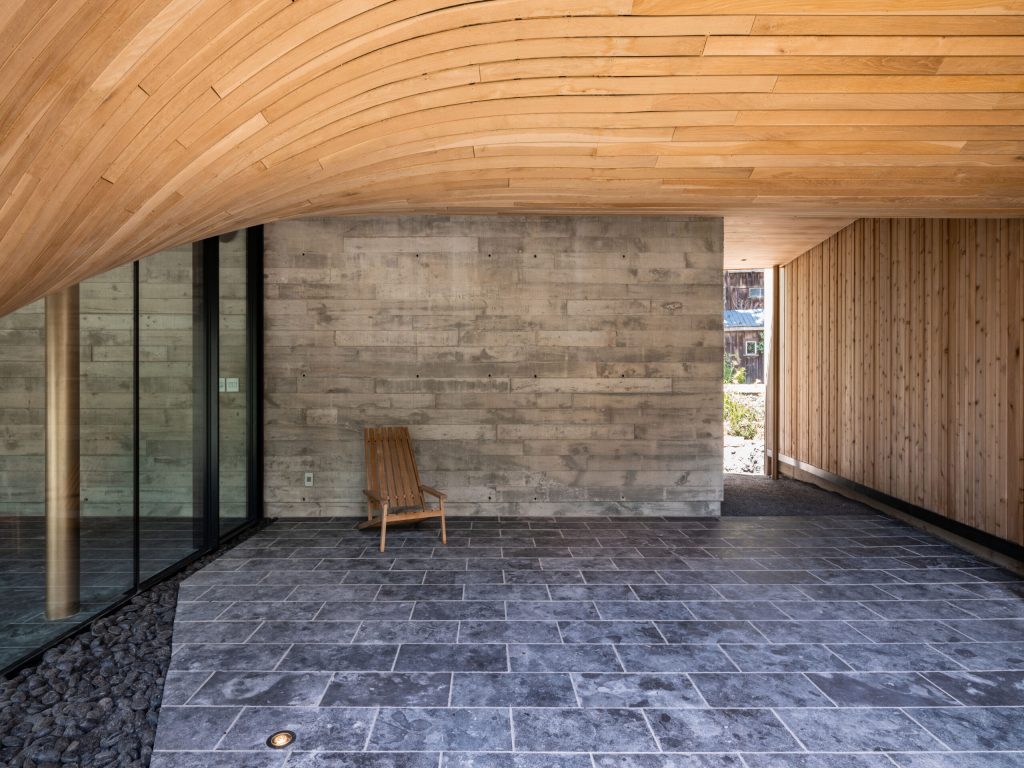
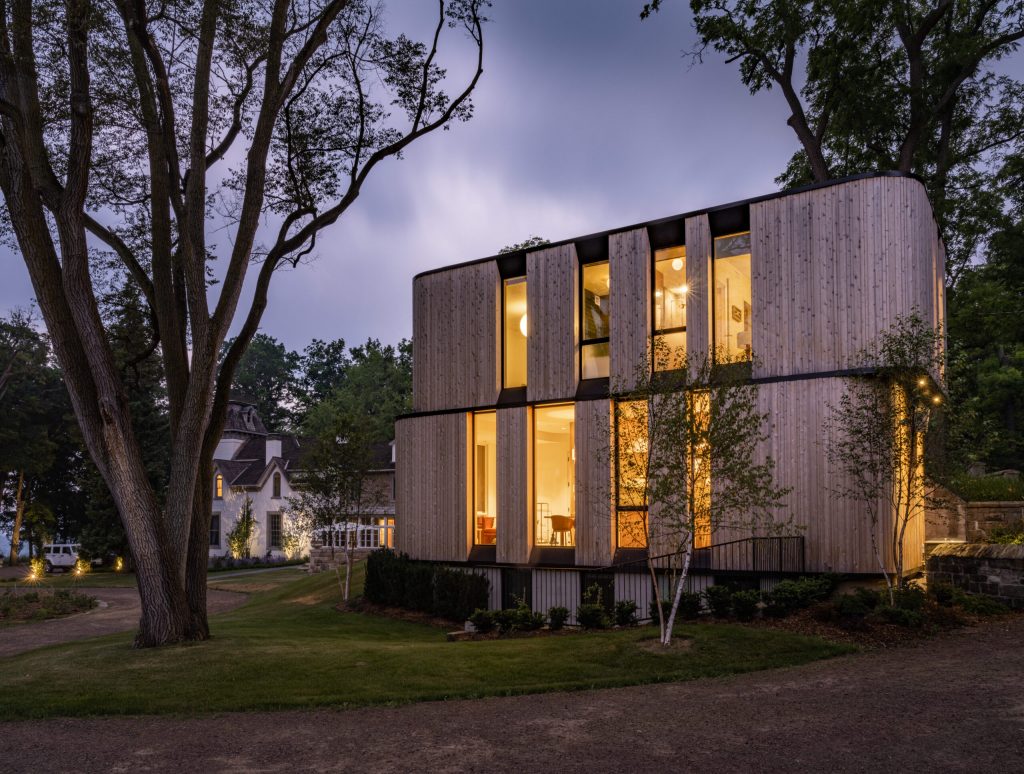
Fold House by Partisans
Vertical slats of wood wrap the rounded three-bedroom guest house, which features narrow windows carefully arranged to minimise solar gain. Wood is also vastly used as a finishing material for its interior.
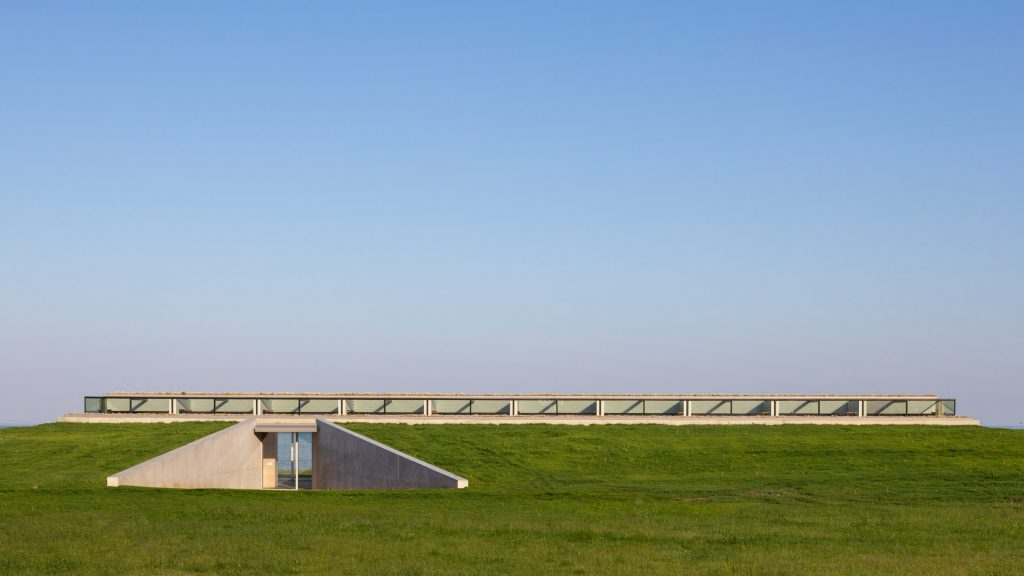
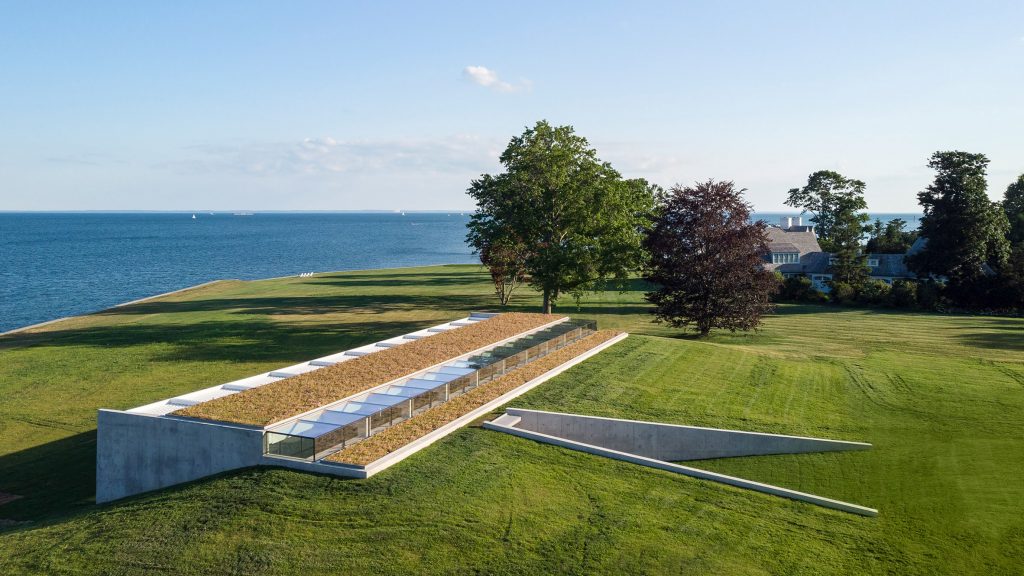
Pool House by Roger Ferris + Partners (also header image)
Pool House by American studio Roger Ferris + Partners is hidden underground in the landscape along the beachfront in Connecticut, USA, and is almost invisible as one approaches from the main entrance of the estate. A green roof further helps the building merge with the landscape. From this vantage, the only hint of the bar-shaped pool pavilion that lies below is a series of glass skylights cut into the ground.
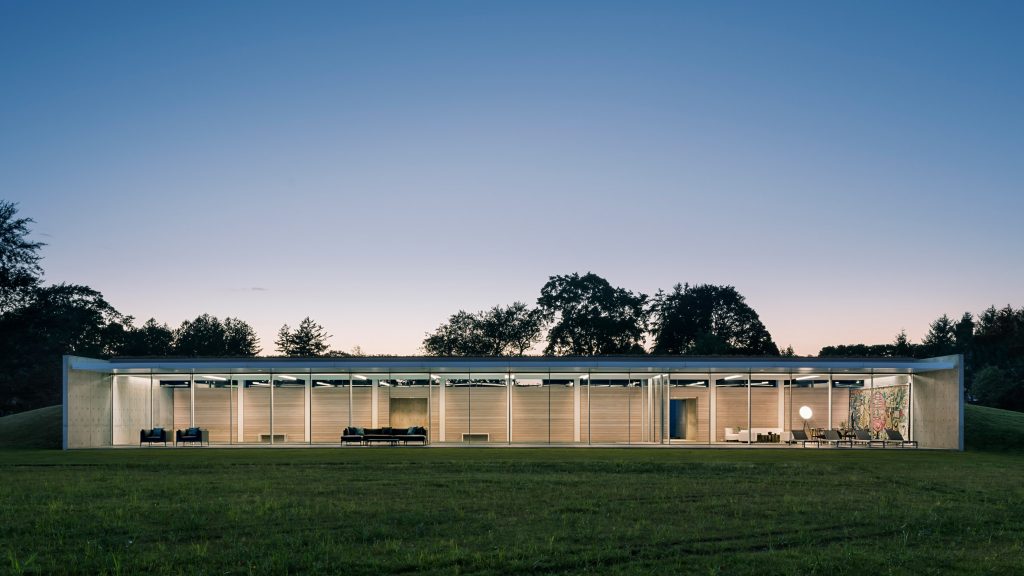
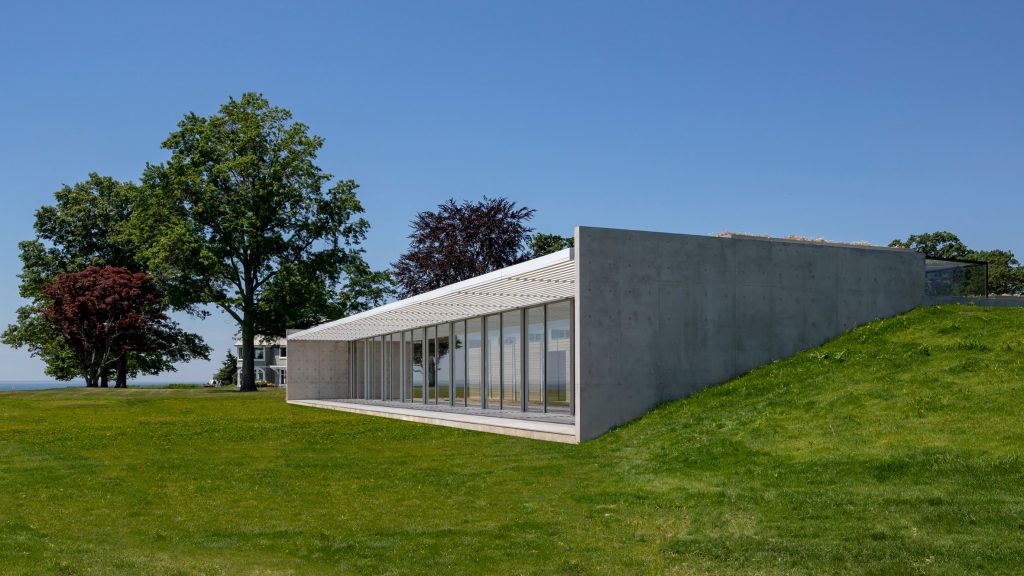
Pool House by Roger Ferris + Partners
On the north side, two concrete retaining walls fan outward to form an entrance, while on the southern elevation floor-to-ceiling glazing brings daylight into the interiors and retracts to give access to a terrace that is shaded by a brise-soleil that casts dramatic shadows throughout the day.
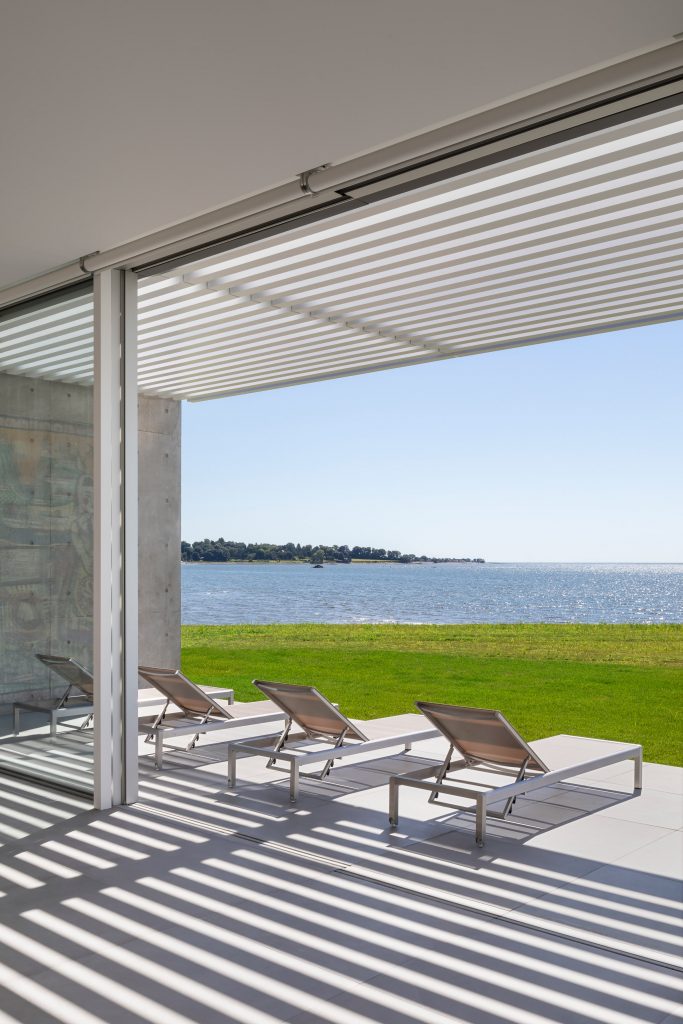
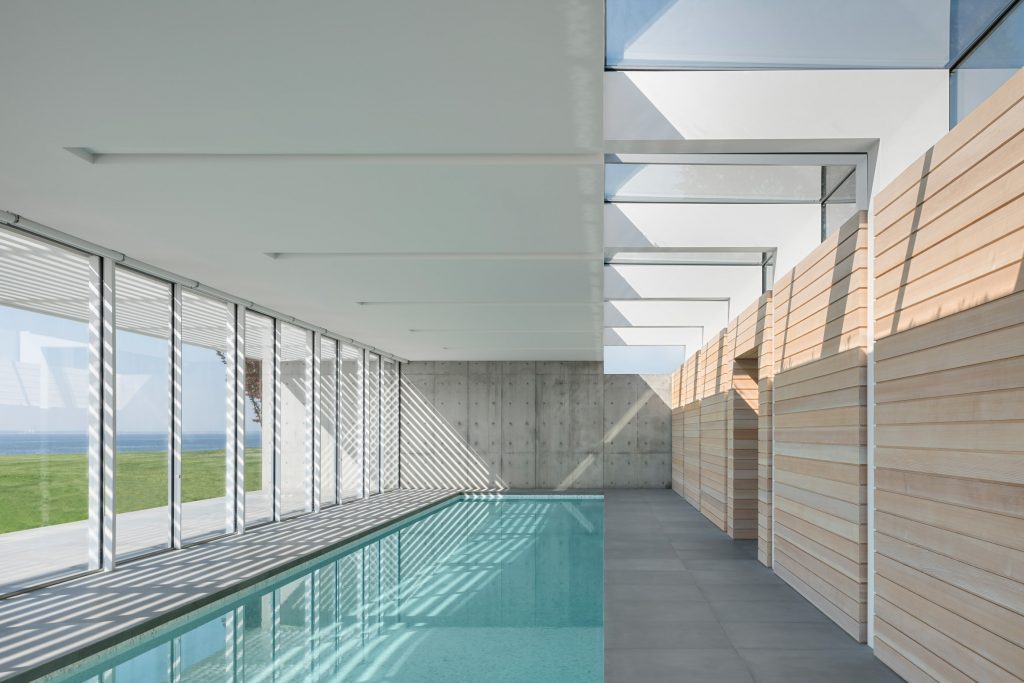
Pool House by Roger Ferris + Partners
Geothermal heating and cooling systems avert the need for chimneys or any other visible infrastructure allowing the structure to preserve the building’s minimal aesthetic. All vents, tracks and mechanicals and cleverly hidden to keep the form as clean and minimal as possible.
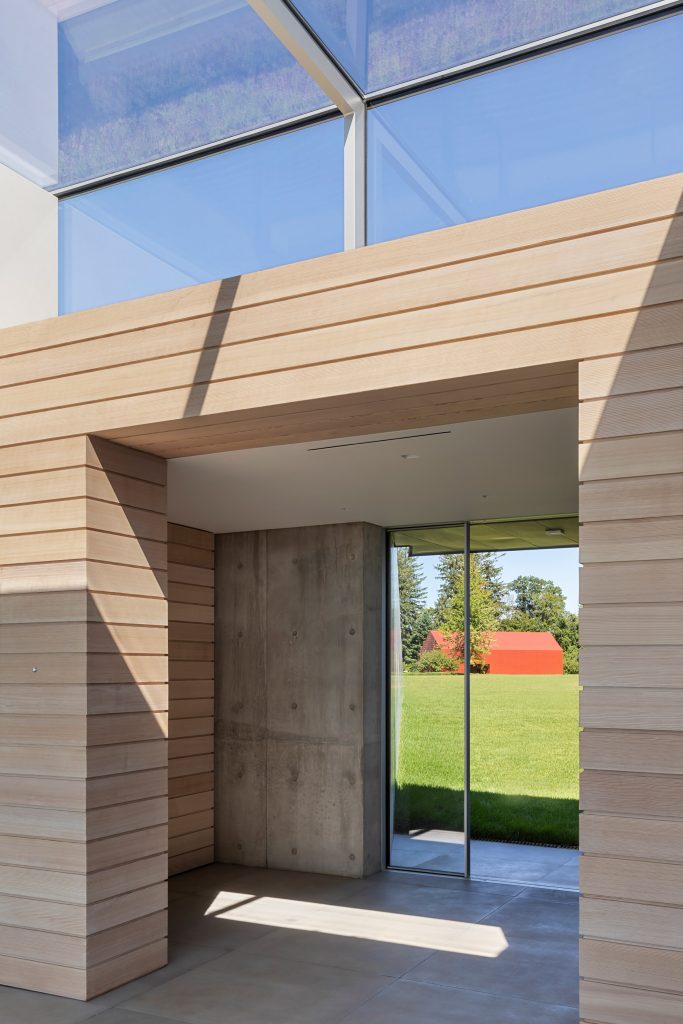
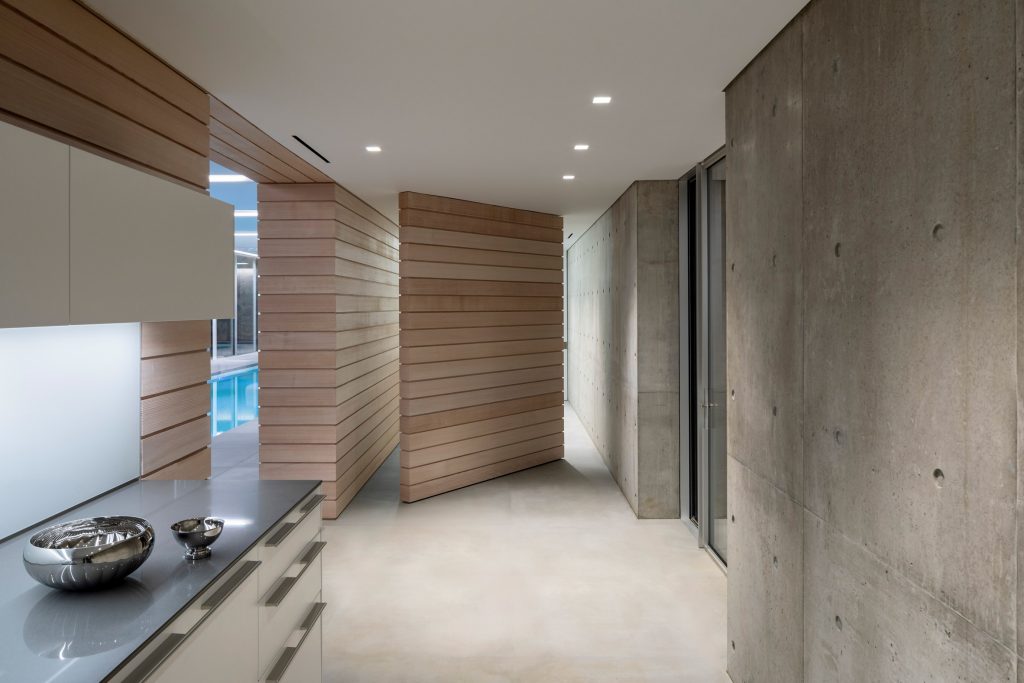
Pool House by Roger Ferris + Partners
The interior is divided into several zones. Apart from the indoor swimming pool, the structure features a living space with contemporary furnishings and a colourful tapestry by the British artist Grayson Perry, as well as a dressing room, a bathroom, a kitchenette and laundry facilities nestled into the landscape behind the rear wall of the pool.
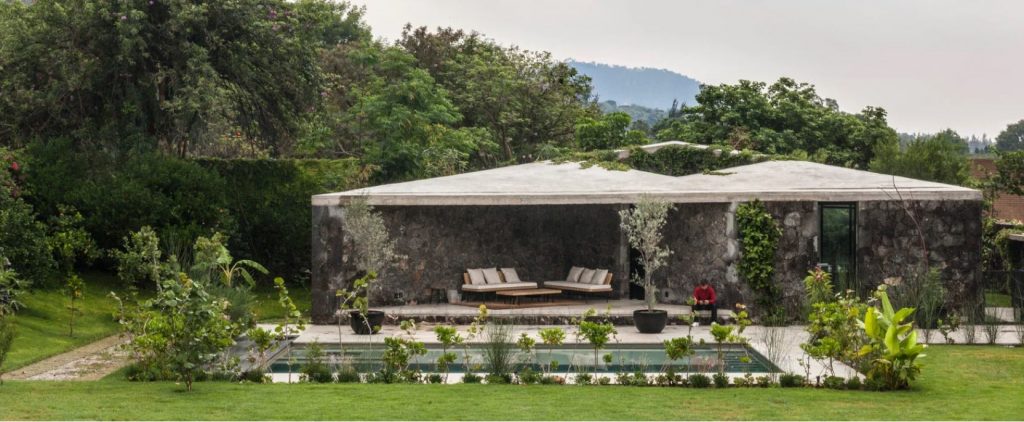
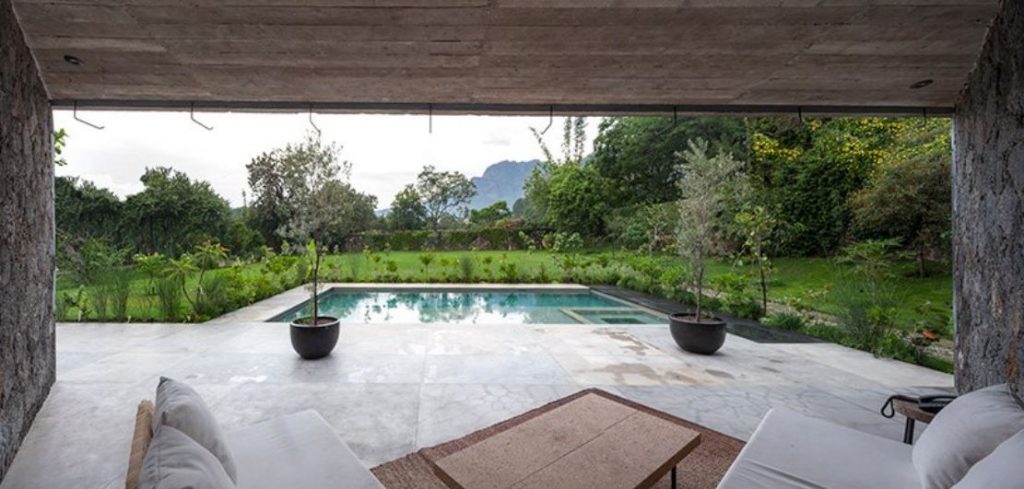
Lounge at MA House by Cadaval & Solà-Morales
Pool houses by Barcelona- and Mexico City-based firm Cadaval & Solà-Morales do not feature indoor swimming pools but rather are designed to be places for recreation and relaxation striking a balance between interior and exterior.
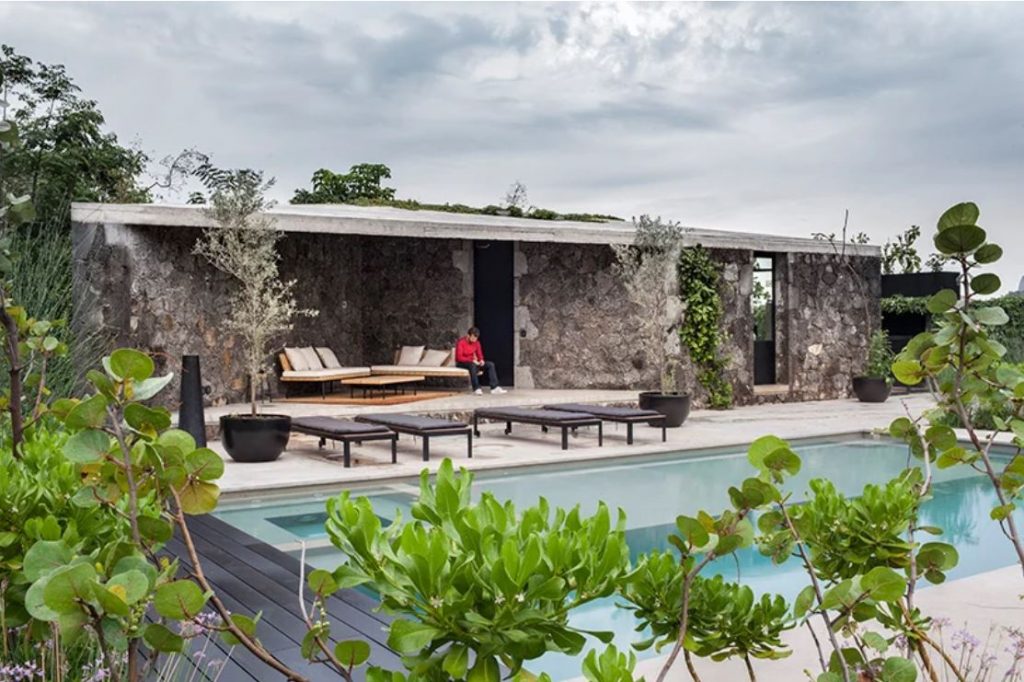
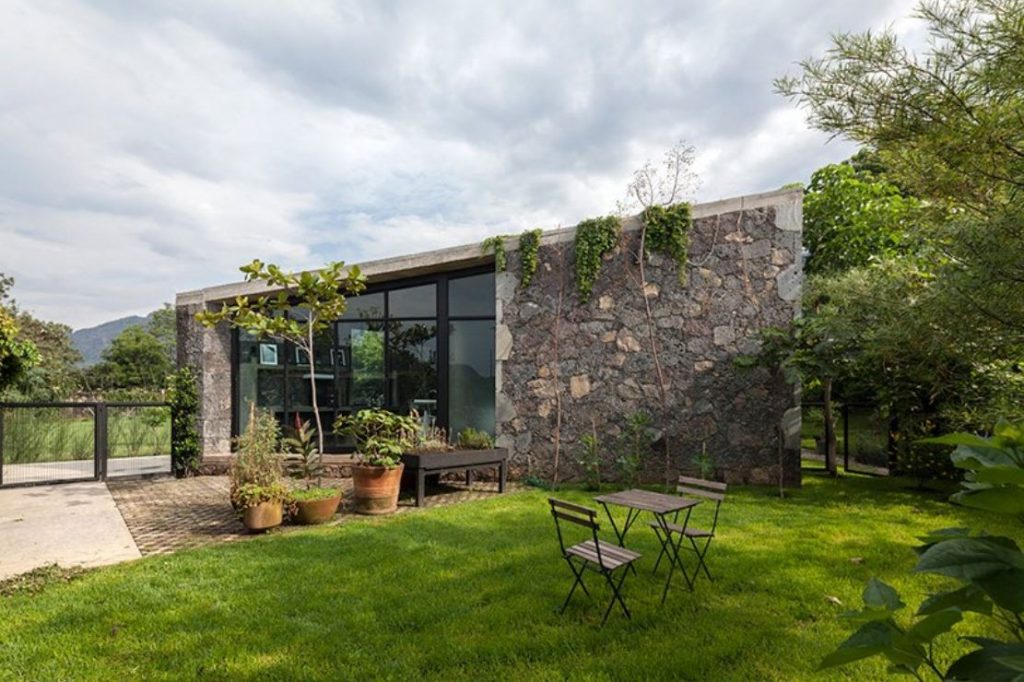
Lounge at MA House by Cadaval & Solà-Morales
The lounge built to complete their MA House located on the outskirts of Tepoztlán, a town south of Mexico City is conceived to provide providing a place of shade next to the home’s swimming pool. Just like the main house, the triangular structure is made from locally sourced stone chosen for its little need for maintenance and its low cost for built square meter.
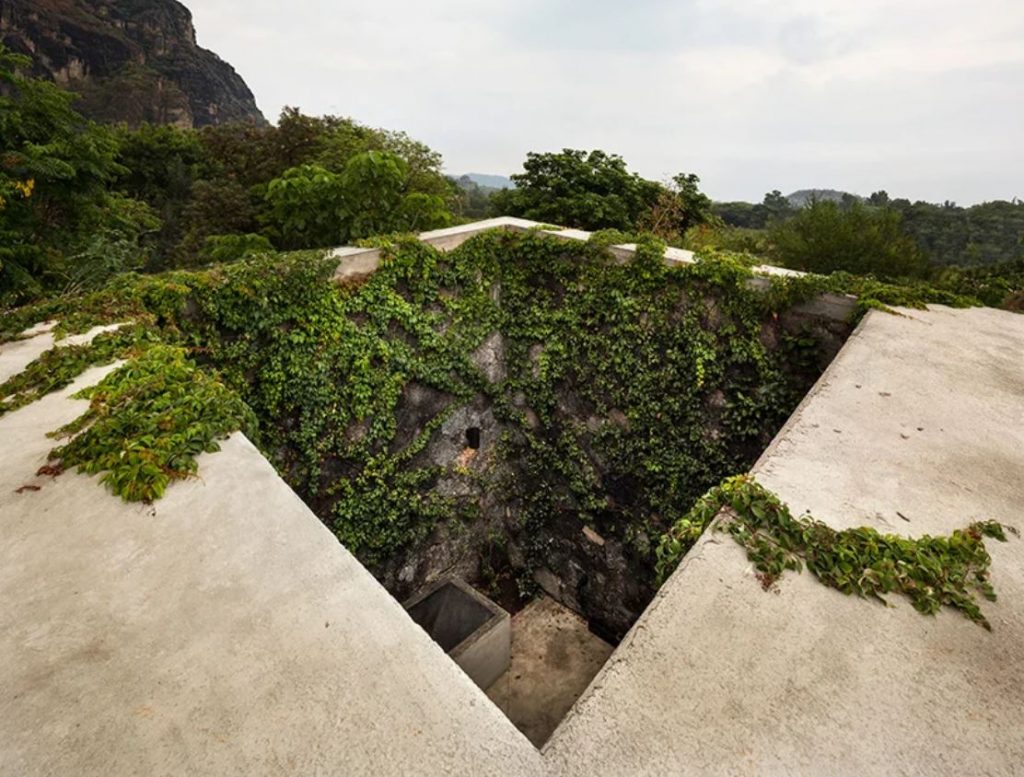
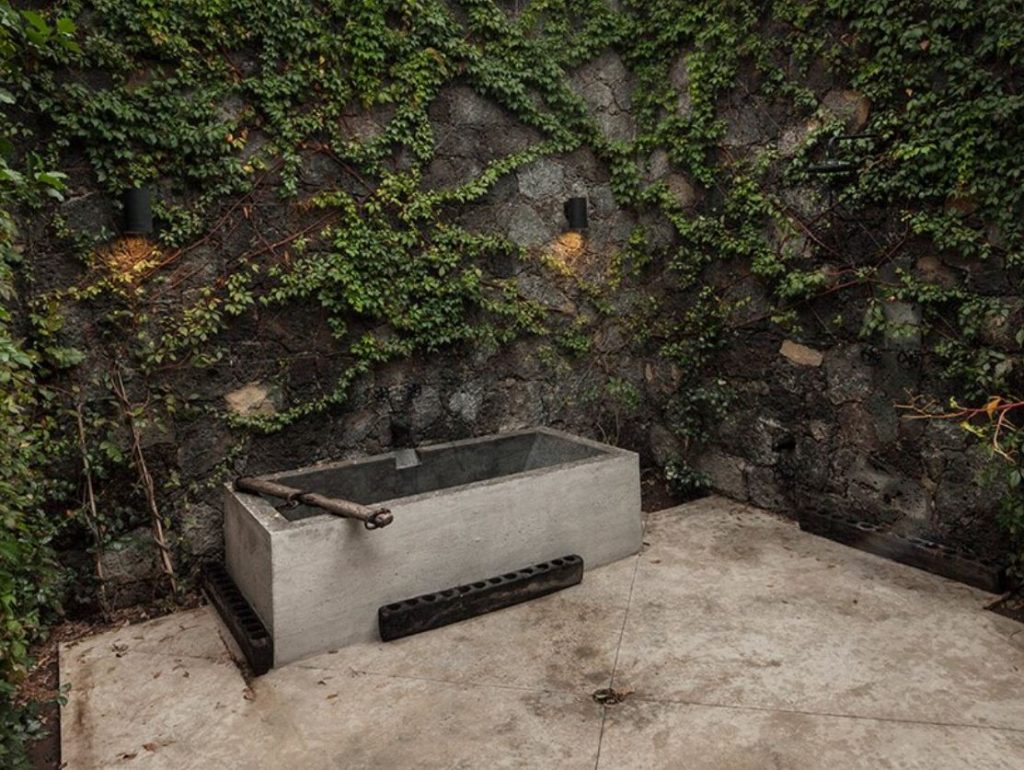
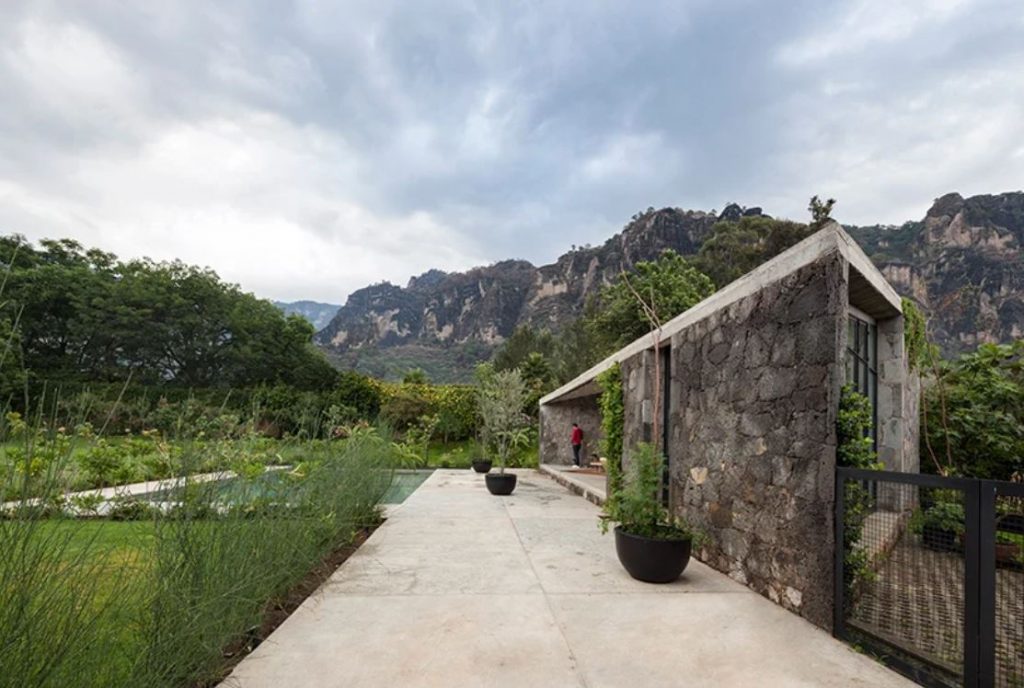
Lounge at MA House by Cadaval & Solà-Morales
The angular building encloses a sheltered outdoor patio, a washroom, and a secluded courtyard that opens up to the sky above. The adjoining spaces can be used for a variety of purposes, with more private areas found at the rear of the pool house.
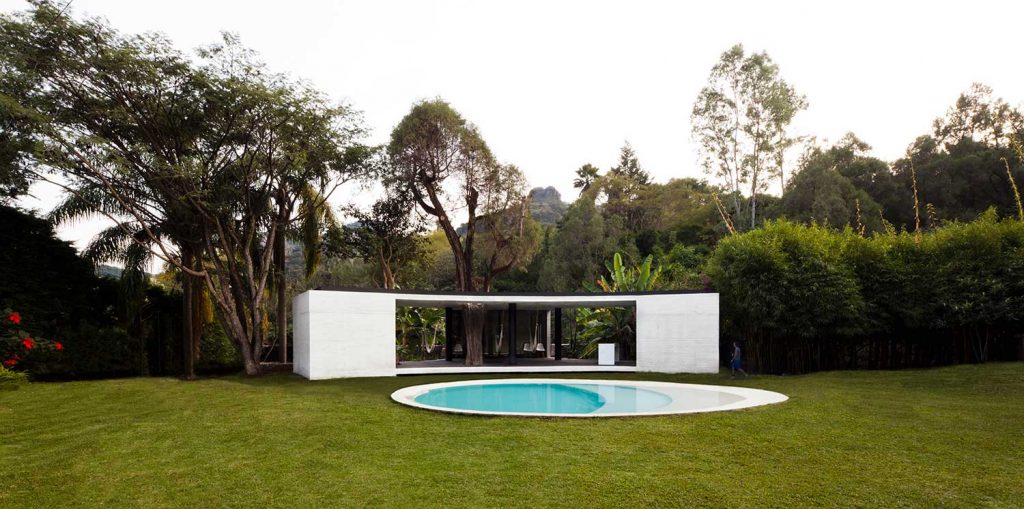
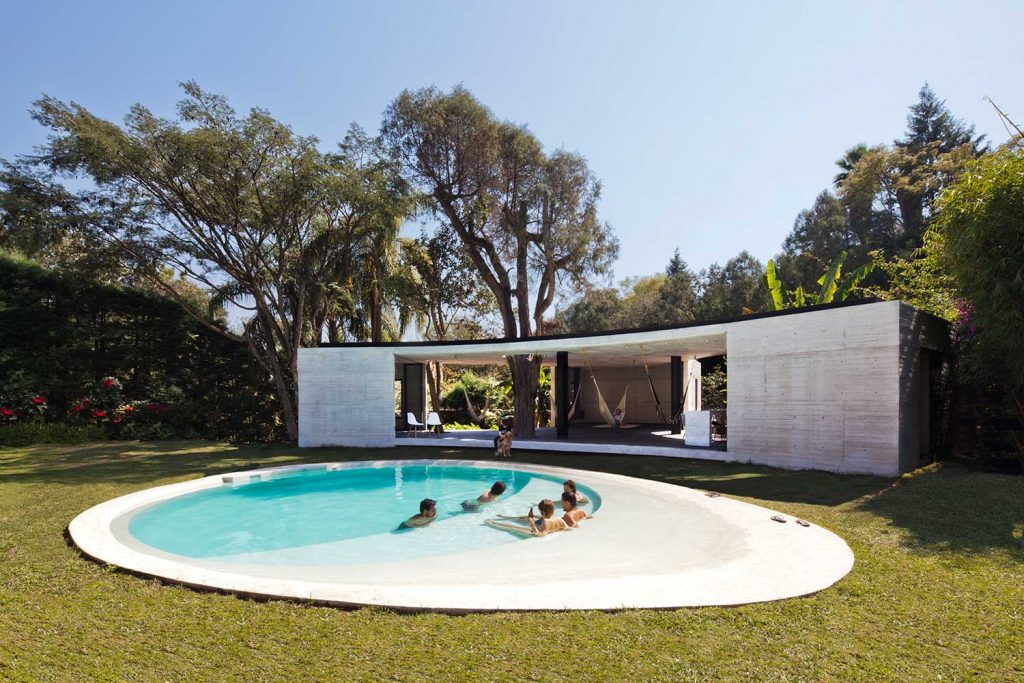
Tepoztlán Lounge by Cadaval & Solà-Morales
Tepoztlán Lounge by Cadaval & Solà-Morales has been built as part of of a larger project that includes a series of bungalows of different sizes and designs, which can be rented by years, months or days.
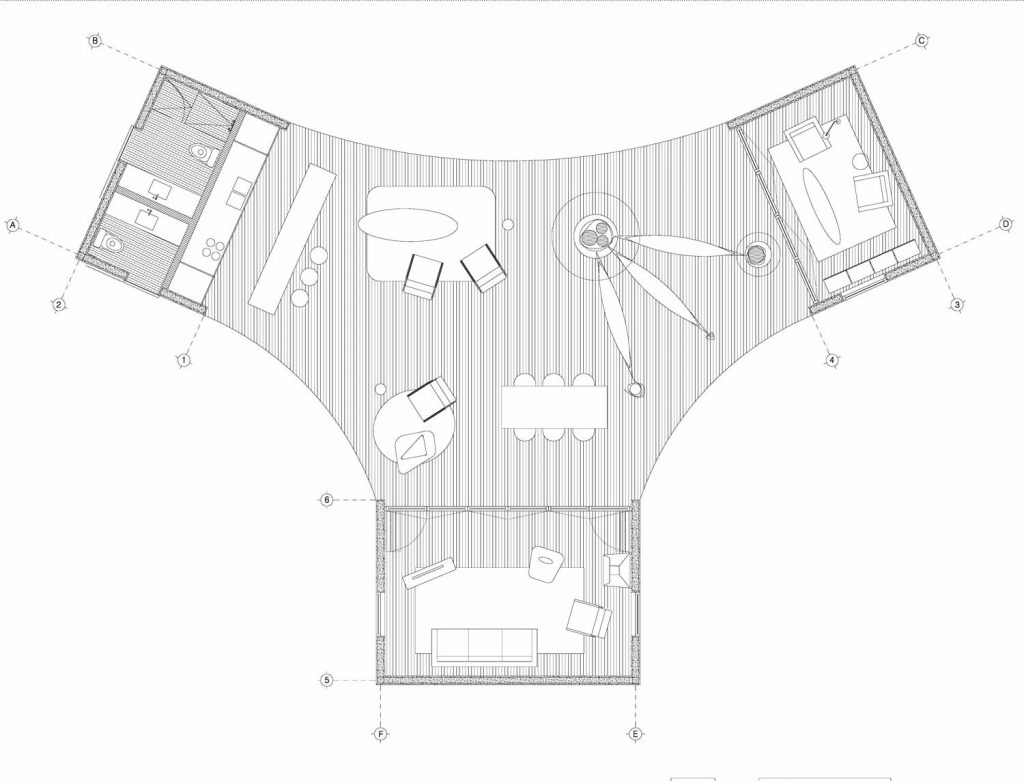

Tepoztlán Lounge by Cadaval & Solà-Morales
The design establishes three separate living quarters designed in accordance to the three intended uses of the space. The first one holds an open bar with a kitchenette, together with restrooms and dressing rooms; the second space is a play area for children that can also be used as a reading; and finally the largest room is an enclosed living area for conversation, watching TV, etc.
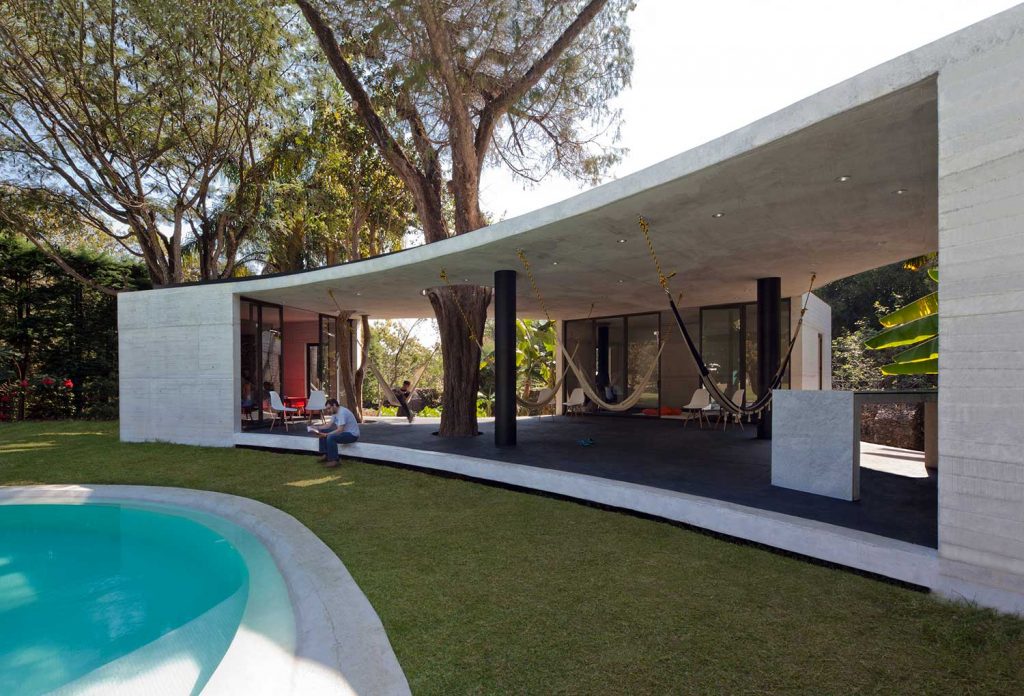
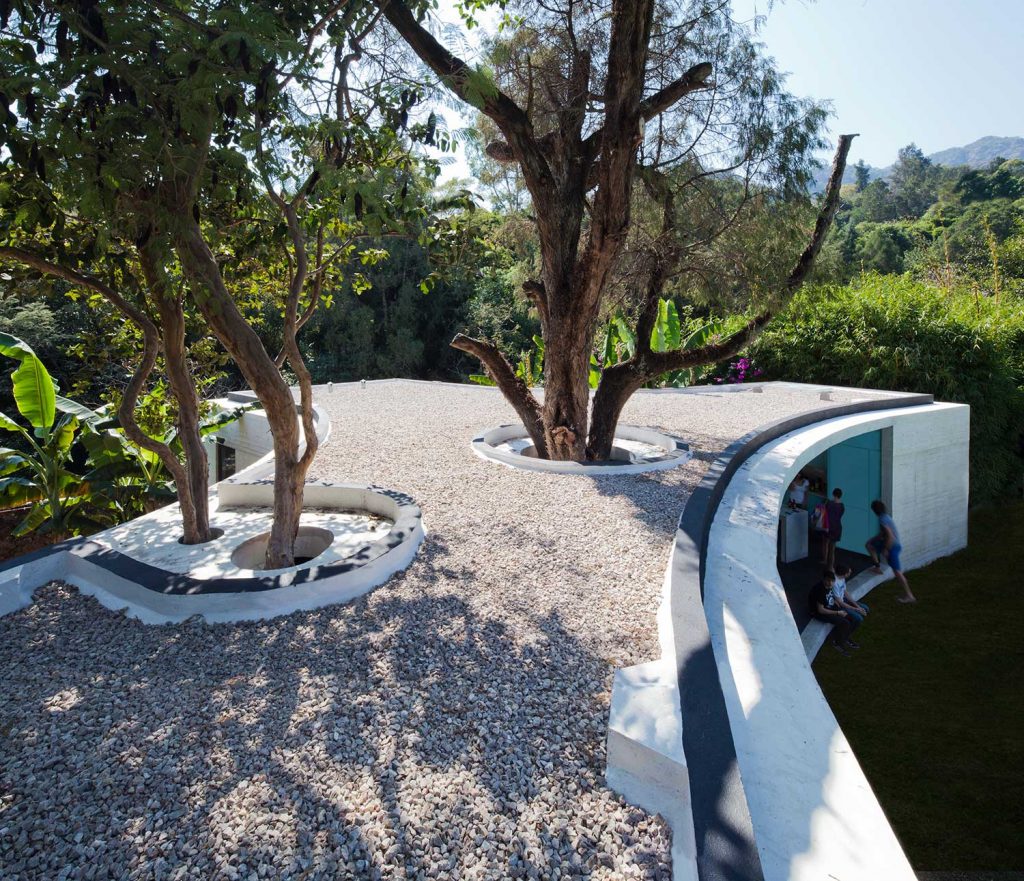
Tepoztlán Lounge by Cadaval & Solà-Morales
The central space between the three allows the pool house to be perceived as a whole, single spatial experience, while the adjacent patios provide diversity and idiosyncrasy to the open space. The design of the swimming pool is part of this same intervention, and responds to the desire to characterize the spaces.
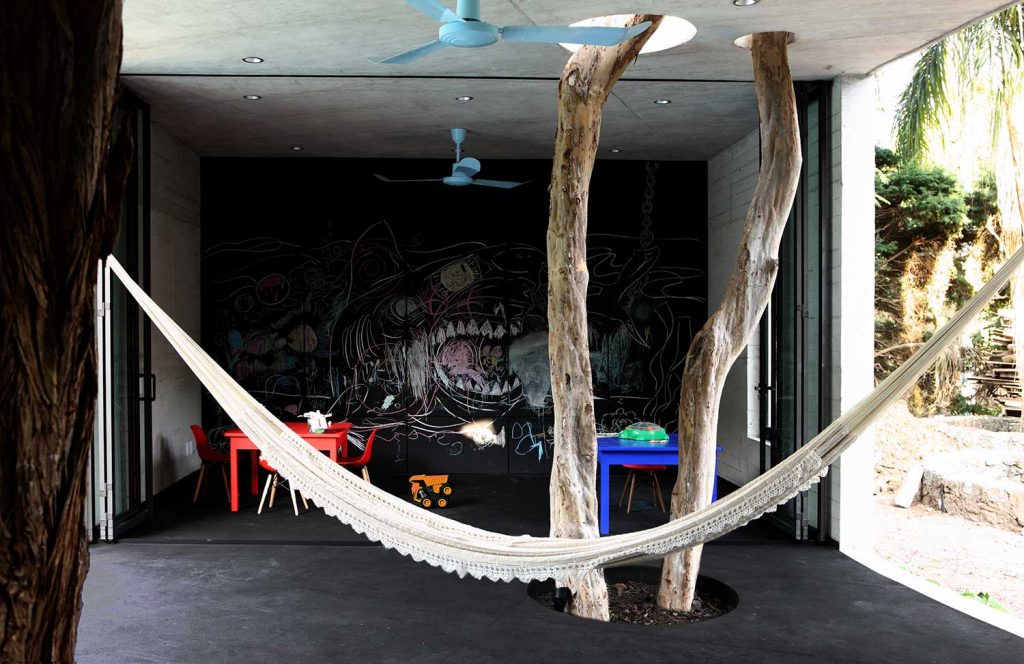
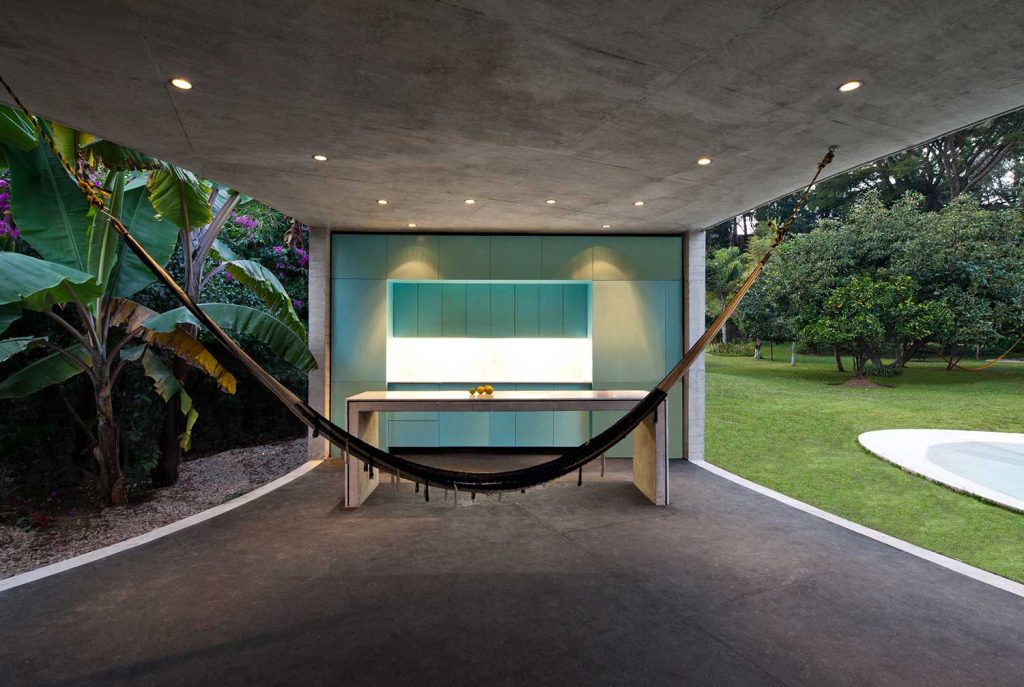
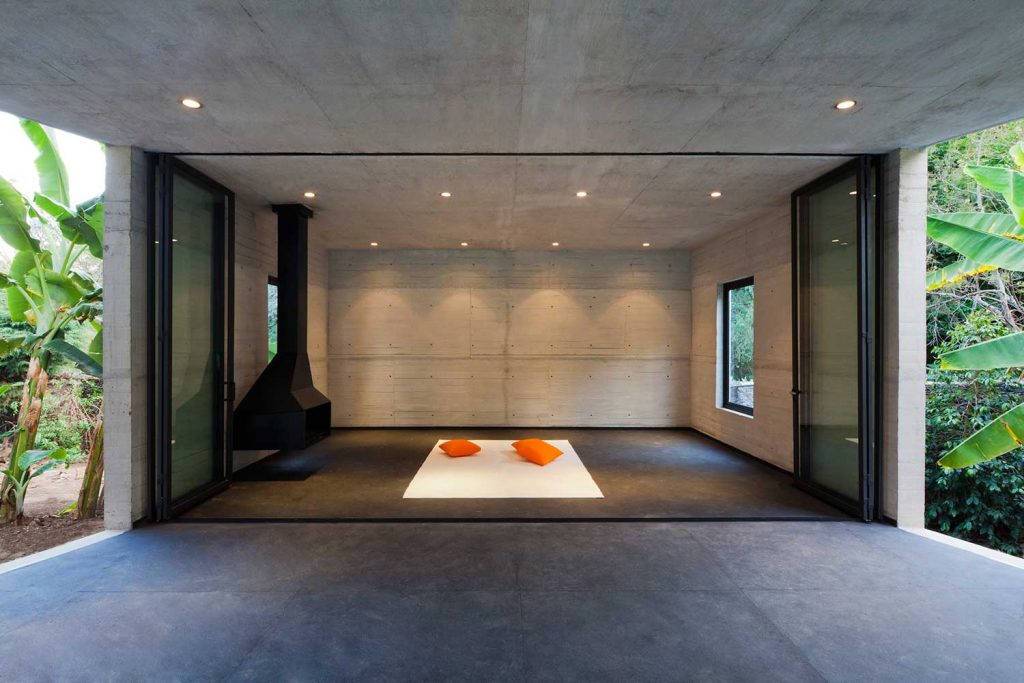
Tepoztlán Lounge by Cadaval & Solà-Morales
The Tepoztlán Lounge is constructed in concrete not just because it is an inexpensive and practical material in Mexico and to minimize its maintenance, but also to expose its structural simplicity and neutrality towards the astonishing nature.